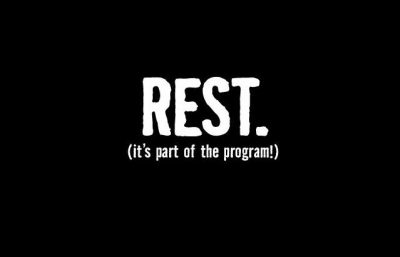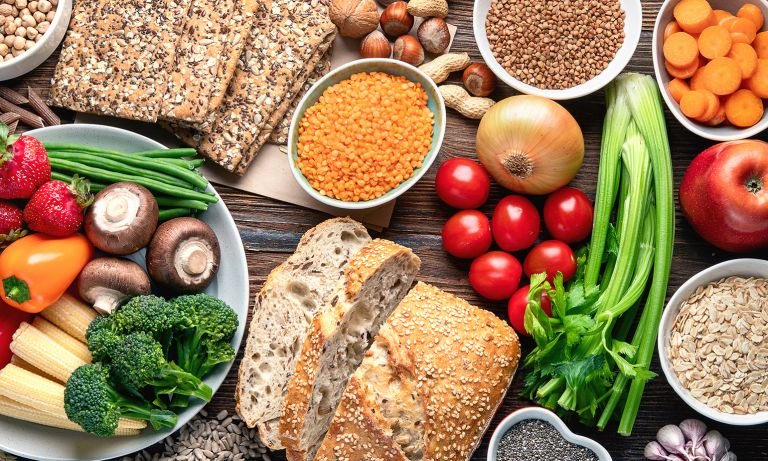When it comes to nutrition planning, counting calories seem to be more familiar in clients rather than counting macros. Most clients ask, what are Macros? What is the difference?
Macros involves counting protein, carbohydrates and fats which overall help people take a better approach to eating solid nutritious meals. Counting calories means you can have a slice of pizza which include some macronutrients most often, poor digestive carbohydrates and trans- fats – Protein, Carbohydrates and Fats and still have 1000 calories left to eat for the day. Calories are easily consumed and many times have little nutritional value whereas educating clients to count macros will help support their choices and include more nutritious meals. My Fitness Pal was one of the first app programs for people to calculate how many calories one should consume based on the goal weight they wanted to achieve and now they added a macro calculator so people can track their progress. I guess there is a misconception of eating less calories rather than quality foods.
As trainers, it is important to educate your clients on both.
These tools can help build a healthy lifestyle plan around nutritious quality food, however long term sustainable goals such as awareness and conscious eating come with consistency. Once you shift your mindset and understand counting macros can guide people on a fitness journey. For instance, if someone’s calories projections are 1570, they may have macro counts such as 115 grams of protein, 100 Grams of Carbohydrates and 100 grams of fat based on the program they are following. Anyone can just eat 5170 calories a day, but if you have an understanding that 27grams of carbohydrates are in oatmeal and 40 grams of carbohydrates are in brown rice, and you limit 100 macros in carbohydrates. For fats if your target is 100 grams a day, this will help people understand what they are consuming when 2 tbs of Almond Butter is 18g. Sure can you have 4 servings – well not really. Remember you also need to understand that protein also has some fat as well. Sirloin steaks can have 4-6 grams of fat for 4 ounces, grass fed beef can range from 6-15 grams of fat for 4 oz. Chicken had the least amount of fat -4 grams for 4 oz. But sticking to just eating chicken everyday just to eat more peanut butter/ almond butter is not allowing your body to have variety, which can inhibit weight loss and fat loss goals.
There are great sources of fats to incorporate in your plan, coconut oil, almonds, cashews, mediterranean olives, avocados are just a few that all contain just about 12-15 grams of fat per serving.
Understanding macros also requires reading labels and serving sizes too. Learning about macros and portion sizes can provide people with a good estimate when meal prepping or even just going to dinner. Modifications on meals are always available when dining out. Restaurants tend to sue a ton of oil and butter. The words none or light are always available when ordering. Oil adds up in calories and fats quickly and if someone is trying to cut weight it might be best to understand how much fat you consumed before dining out!






